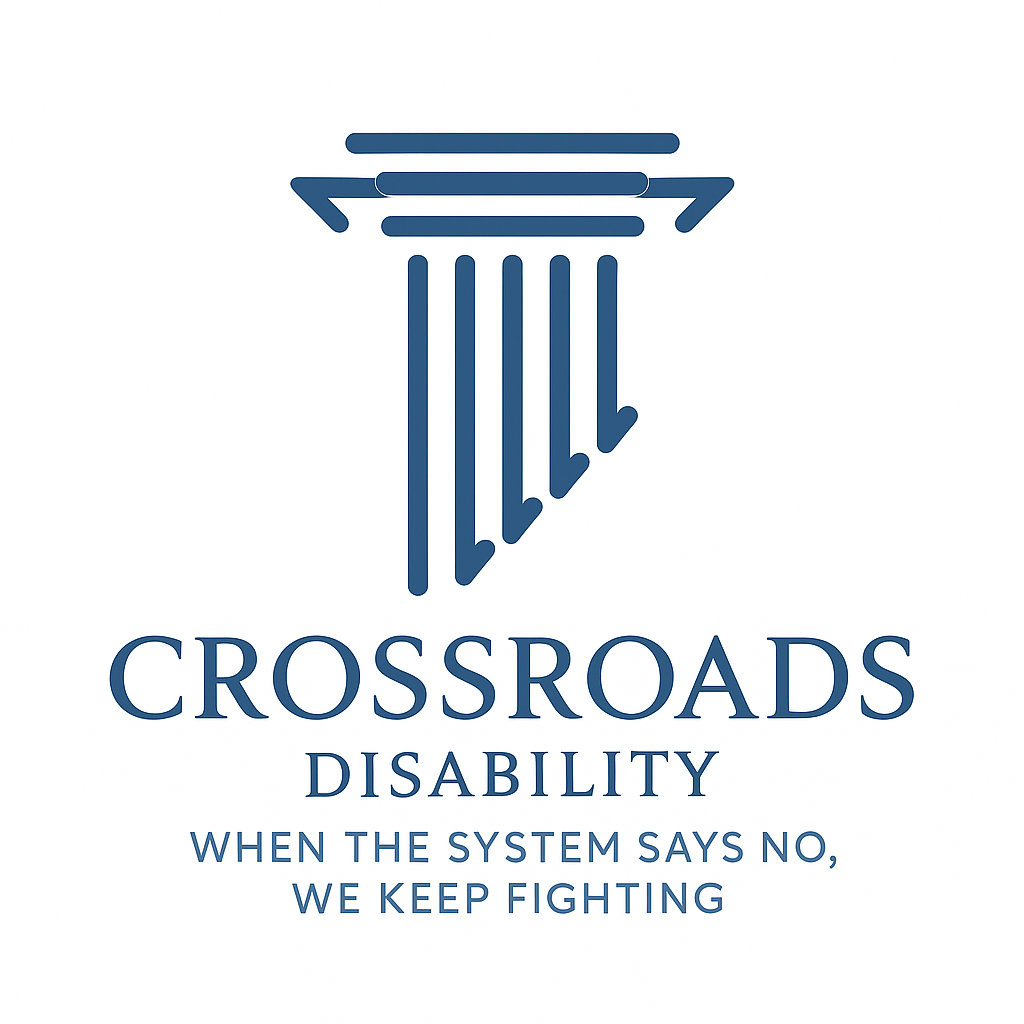What Does Social Security Disability Pay?
What Does Social Security Disability Pay?

If you’re thinking about applying for disability, one of the first questions that comes to mind is simple:
“How much will I get paid if I’m approved for Social Security Disability?”
The answer depends on which program you qualify for — Social Security Disability Insurance (SSDI) or Supplemental Security Income (SSI) — and your personal situation.
How SSDI Payments Are Calculated
SSDI is designed for people who’ve worked and paid into Social Security through their payroll taxes. The amount you receive depends on your past earnings, not your current financial need.
The Social Security Administration (SSA) uses your average lifetime earnings to determine your benefit amount. This is called your Primary Insurance Amount (PIA) — it’s the base figure used to calculate your monthly disability check.
In 2025, the average SSDI payment is around $1,537 per month, though benefits can range widely — anywhere from $800 to over $3,000 per month, depending on your work history.
The
maximum monthly SSDI benefit in 2025 is
$4,018 for high earners who have worked many years and paid maximum Social Security taxes.
How SSI Payments Work
SSI is different. It’s not based on work history — it’s for people who are disabled, blind, or 65+ with limited income and resources.
In 2025, the maximum federal SSI payment is:
- $967 per month for an individual
- $1,450 per month for a married couple
However, your actual SSI check may be smaller if you have other income or live with someone who helps with expenses. Some states also add small supplemental payments on top of the federal rate, depending on where you live.
Can You Get Both SSDI and SSI?
Yes — in some cases, people qualify for both programs. If your SSDI payment is very low and you still meet the SSI income and resource limits, SSI can “top up” your benefit amount to bring you closer to the minimum level allowed by law.
What Affects How Much You’ll Get
A few key factors can raise or lower your monthly benefit:
- Your past earnings — higher income means higher SSDI checks.
- Your work credits — the longer you worked and paid in, the stronger your record.
- Other benefits — such as workers’ compensation or public disability benefits can reduce your SSDI amount.
- Living situation and support — for SSI, household income and assistance can lower your payment.
- Cost-of-Living Adjustments (COLA) — both SSDI and SSI typically increase each year to keep up with inflation.
How to Find Out What You’ll Get
You can get an estimate of your future disability benefits anytime by logging into your My Social Security account at ssa.gov/myaccount.
The SSA’s online calculator can show your projected monthly amount if you become disabled now or retire later.
If you’re already applying, an experienced disability law firm can estimate your likely benefit based on your earnings record and claim status.
Need Help With Your Disability Claim?
At Crossroads Disability, we help people nationwide apply for and win their Social Security Disability cases. From filing your first claim to appealing denials, our team handles everything so you can focus on your health.
👉 Contact us today for a free case review.
There’s
no cost unless you win.
👉CLICK HERE TO SEE WHAT YOUR POTENTIAL MONTHLY BENEFIT WOULD BE, AT NO COST










